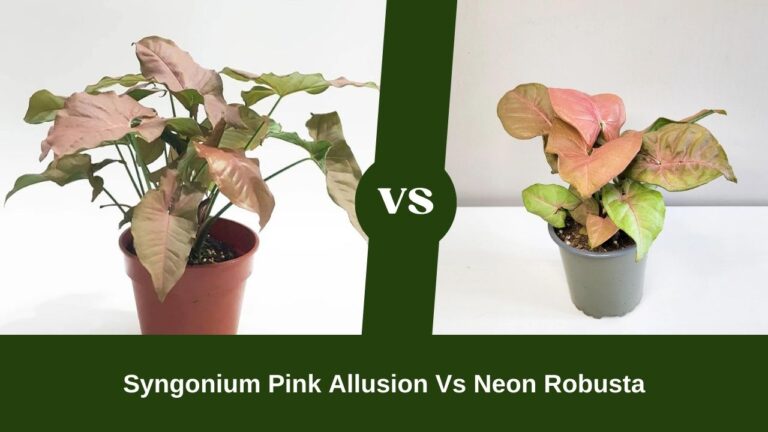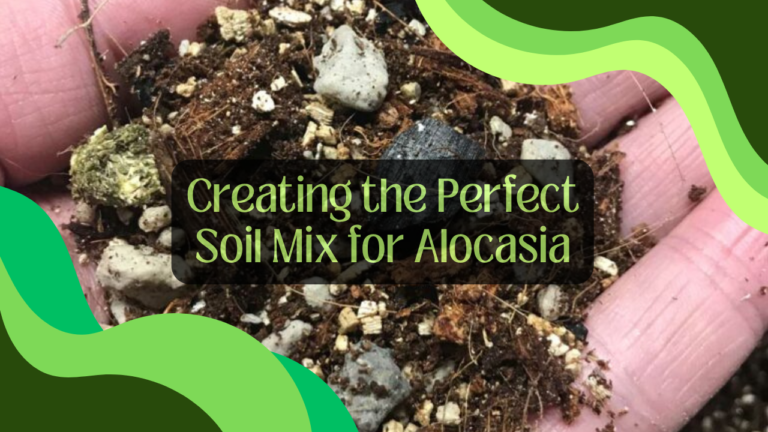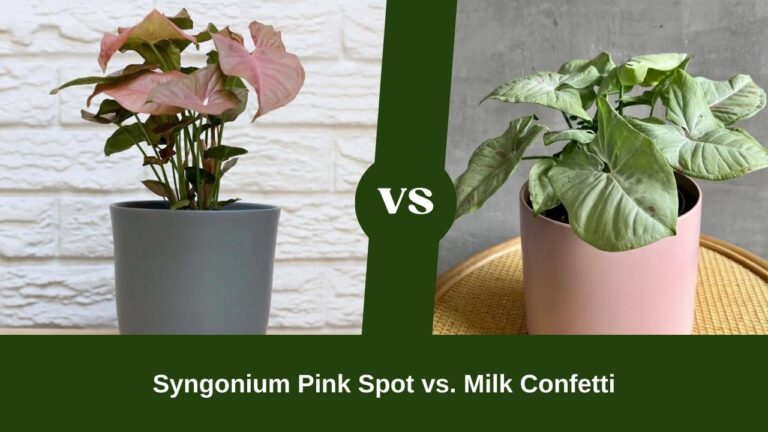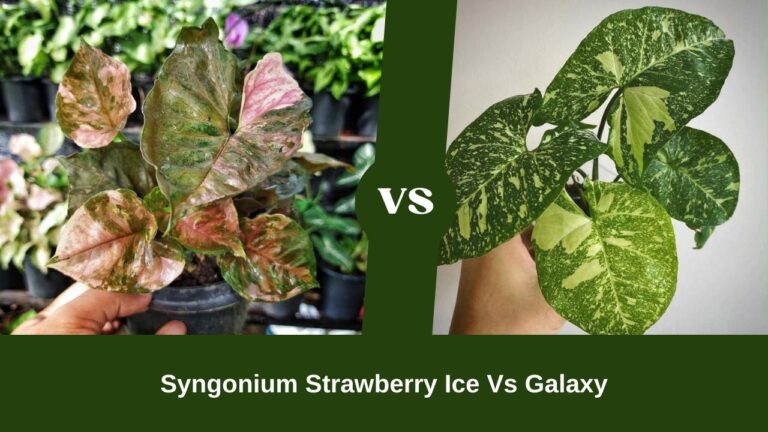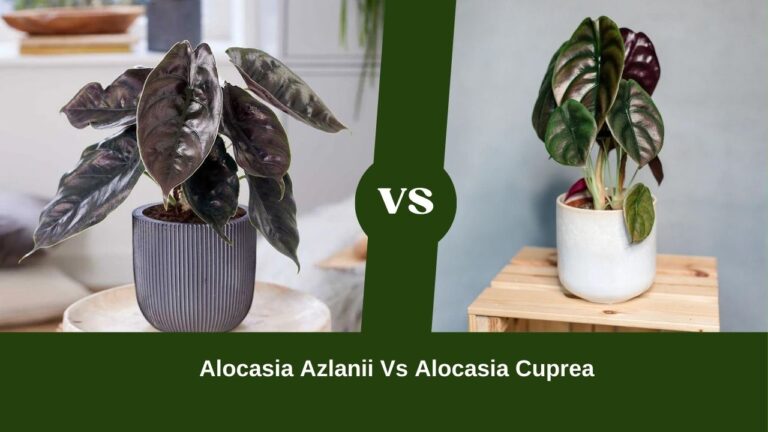Alocasia Portodora Vs Macrorrhiza? Discover the Differences!
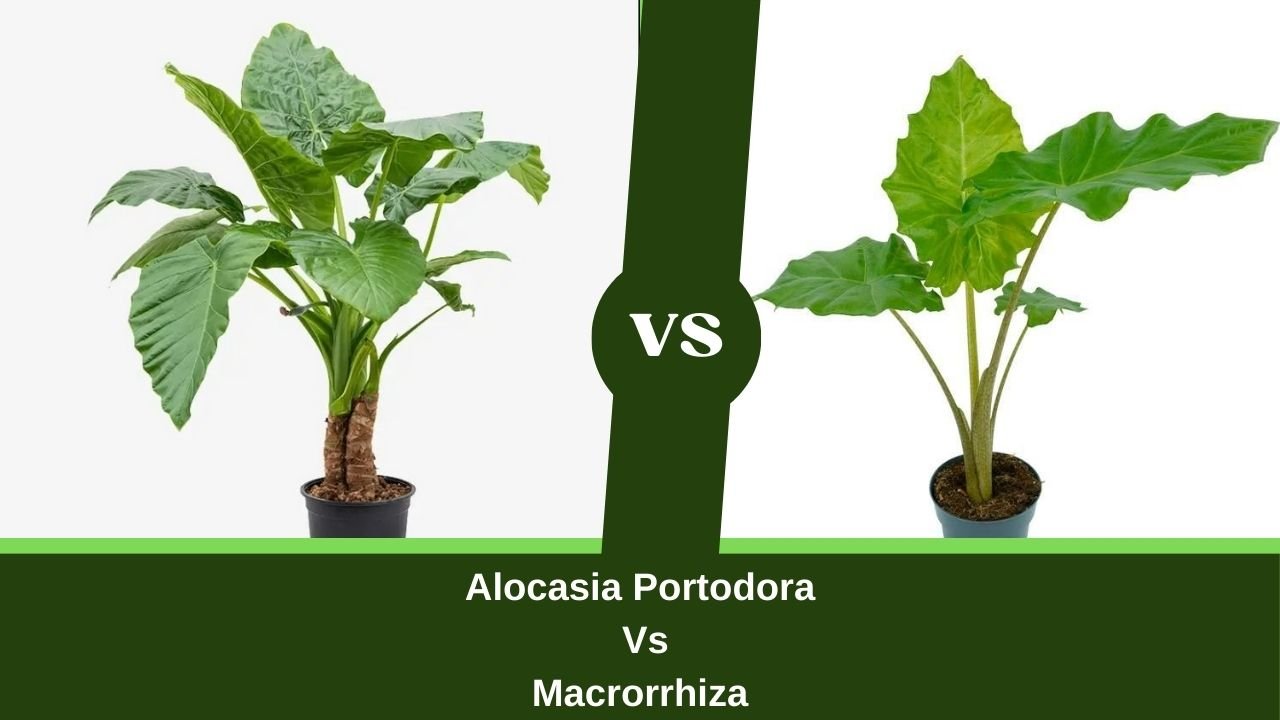
Indoor gardening enthusiasts are often faced with the dilemma of choosing the perfect plant to enhance their living spaces. No issues, it’s a pretty common scenario.
Initially, Alocasia Macrorrhiza is more longer than Alocasia Portodora. But Alocasia Portodora grows faster than the Macrorrhiza. With these things, both the plants are more or less similar to each other.
Let’s take a look at how other basic differences might appear. Thoroughly read this article to have better understanding about how these plants are different with each other.
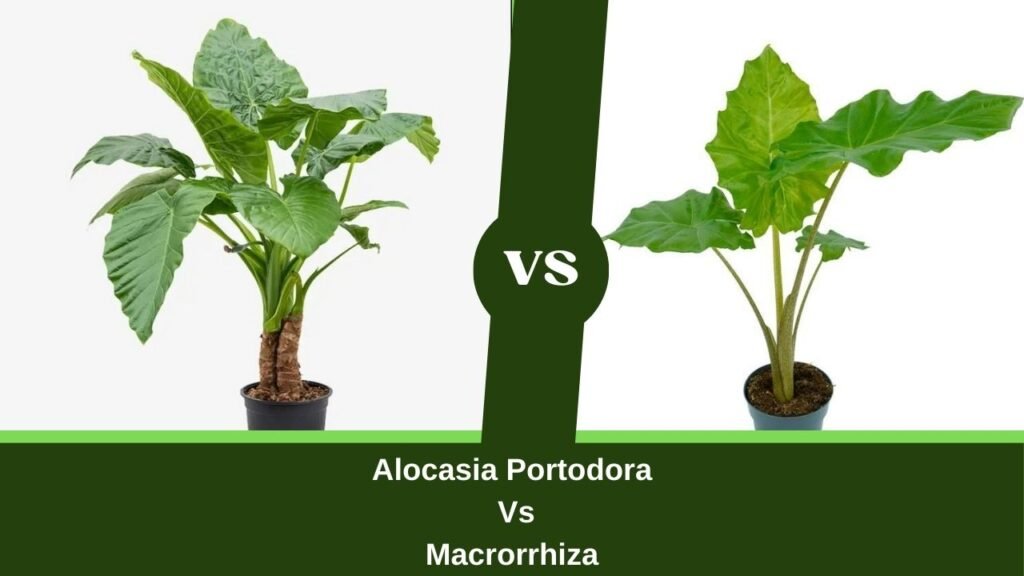
Table of Contents
Getting to Know Portodora and Macrorrhiza
First, let’s have a look at them at a basic level.
| Aspect | Alocasia Portodora | Alocasia Macrorrhiza |
|---|---|---|
| Scientific Name | Alocasia portodora | Alocasia macrorrhizos |
| Family | Araceae | Araceae |
| Native To | Philippines | Southeast Asia |
| Height | 3-5 feet | 6-8 feet |
| Leaf Size | Up to 3 feet long | 1-2 feet long |
| Leaf Shape | Tapered point, quilted texture | Rounded, upright |
| Leaf Color | Dark green with white veins | Solid green |
| Growth Rate | Fast | Moderate |
| Light Needs | Bright, indirect | Bright, indirect |
| Soil | Well-draining, moisture-retentive | Well-draining, moisture-retentive |
| Watering | Keep soil consistently moist | Allow to partially dry out |
| Humidity Needs | Very high, 60% or more | Moderate to high |
| Temperature | 65-80°F | 65-80°F |
| Toxicity | Toxic if ingested | Toxic if ingested |
As members of the Araceae family, both hail from tropical Southeast Asia and enjoy warm, very humid conditions. However, they have distinct differences in size and care needs.
How Portodora Become an Art?
While both have extraordinarily large leaves, the Alocasia Portodora really turns up the drama. Its leaves are not only bigger—up to 3 feet long!—but also more elegantly shaped.
Portodora leaves have a gracefully tapered look, narrowing to a pointed tip. Their textured surface almost appears quilted. The mature dark green color beautifully contrasts the striking, bright white veins.
Meanwhile, Macrorrhiza leaves have a more rounded, upright shape and lack Portodora’s quilted texture. Their solid green shades create a lush look but lack high contrast.
So if you’re seeking a showstopping Alocasia that stops traffic, Portodora is the frontrunner. Its leaves are truly works of art!
Related articles:
But Why Macrorrhiza is More Manageable?
Alocasia Portodora makes an eye-popping statement, but its substantial size may also feel overpowering.
In a more petite package, Macrorrhiza allows you to enjoy huge exotic leaves without completely dominating your indoor jungle. At just 6-8 feet tall, it fits better in smaller spaces.
In terms of care, Macrorrhiza adapts more readily to average indoor conditions compared to the fussier Portodora. It can tolerate slightly lower humidity and bounce back from lapses.
For showy jungle vibes without jumbo commitment, Macrorrhiza fits the bill beautifully. It offers a taste of the tropics made manageable.
5 Fascinating Facts About These Forest Beauties
Beyond their looks, Portodora and Macrorrhiza share some cool traits. Let’s take a look at them.
- Their names refer to distinctive root structures. Portodora means “bearer of ports” (aerial roots), while Macrorrhiza means “large roots.”
- Alocasia Macrorrhiza has been used as a cancer medication! A group of researchers claimed that in the year 2012.
- They pull moisture and nutrients from the air through their leaves, supplementing their root uptake.
- Like many Alocasia, they have toxins that cause irritation when consumed by pets or humans.
- They enjoy near-aquatic conditions in the wild, growing along streams and in rainforest understories.
- Their huge leaves unfurl from distinctly petite stems and rhizomes – quite a sight!
FAQs
I hope this Q&A section will help you acknowledge the matter a little more.
Q: What temperatures do they prefer?
Ideal temps are 65-85°F. Avoid prolonged exposure below 55°F.
Q: How much light do they need to thrive?
Bright, indirect light keeps these rainforest natives happiest! Direct sun scorches leaves.
Q: Should I mist my Alocasia’s leaves?
Occasional misting benefits these tropical beauties. Just avoid wet leaves in direct sun, which can burn.
Q: How often should I fertilize them?
During the growing season, a diluted balanced fertilizer every 2-3 weeks keeps them thriving.
Q: How do I maintain optimal humidity levels?
Group plants together, use a humidifier, and place pots on pebble trays to reach 60% humidity or higher.
Conclusion
For indoor gardens longing for huge, dramatic leaves, Alocasia Portodora and Macrorrhiza are perfect. Portodora’s enormously long, tapered leaves make a bold visual statement. But Macrorrhiza’s smaller size may suit tighter spaces better.
Whichever architectural beauty you choose, these tropical plants will level up your indoor jungle vibes. Their gigantic foliage is sure to impress!

